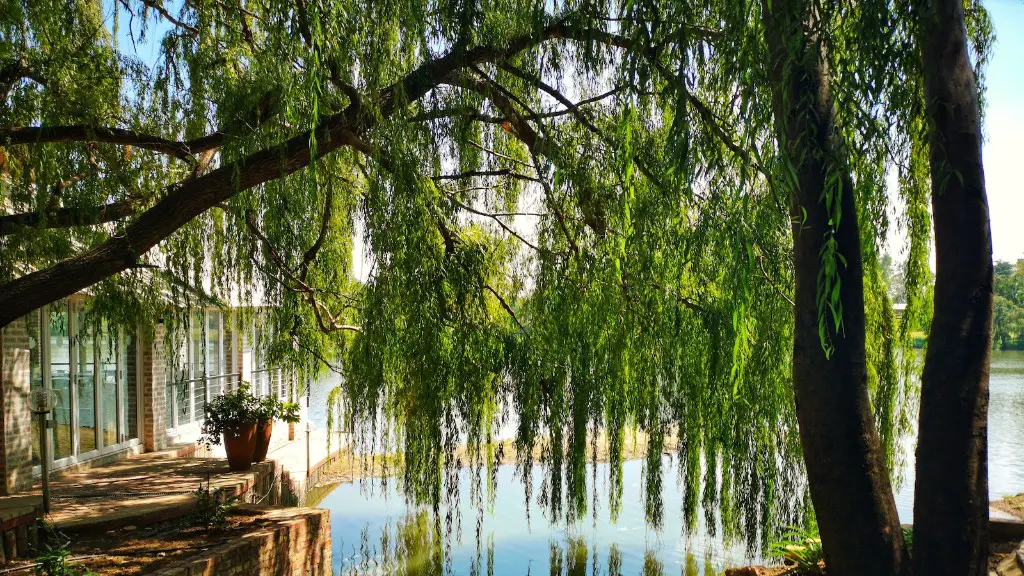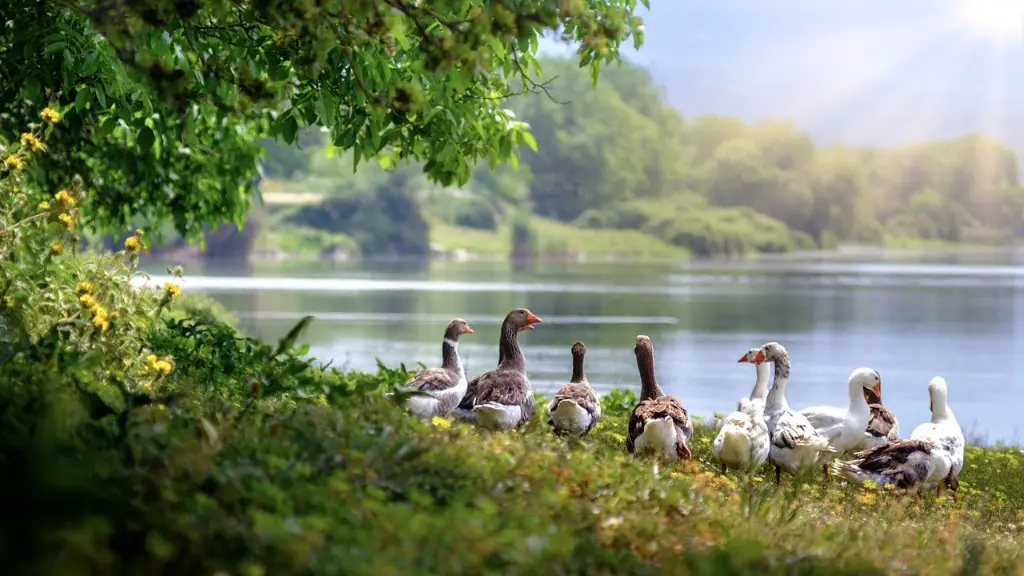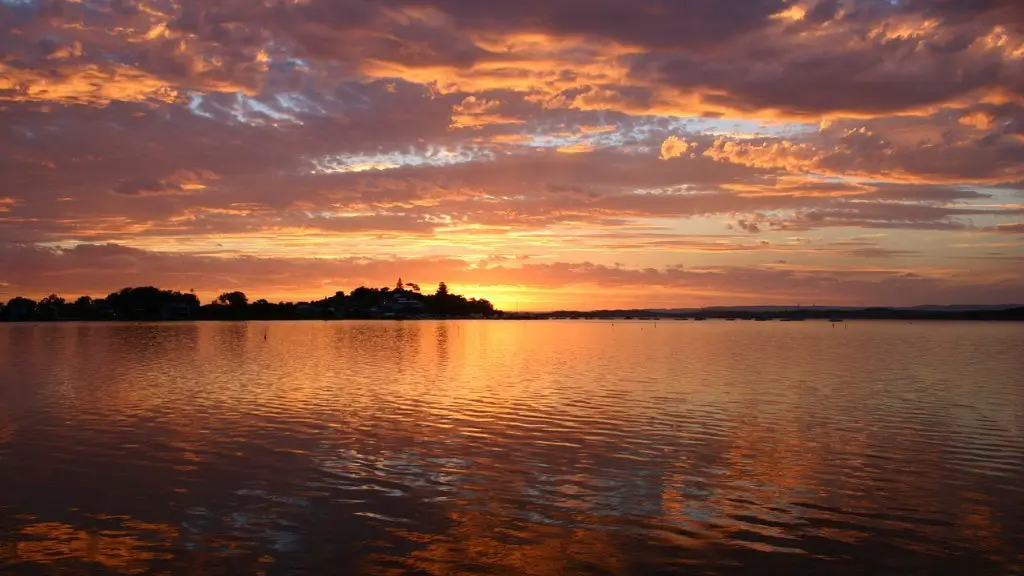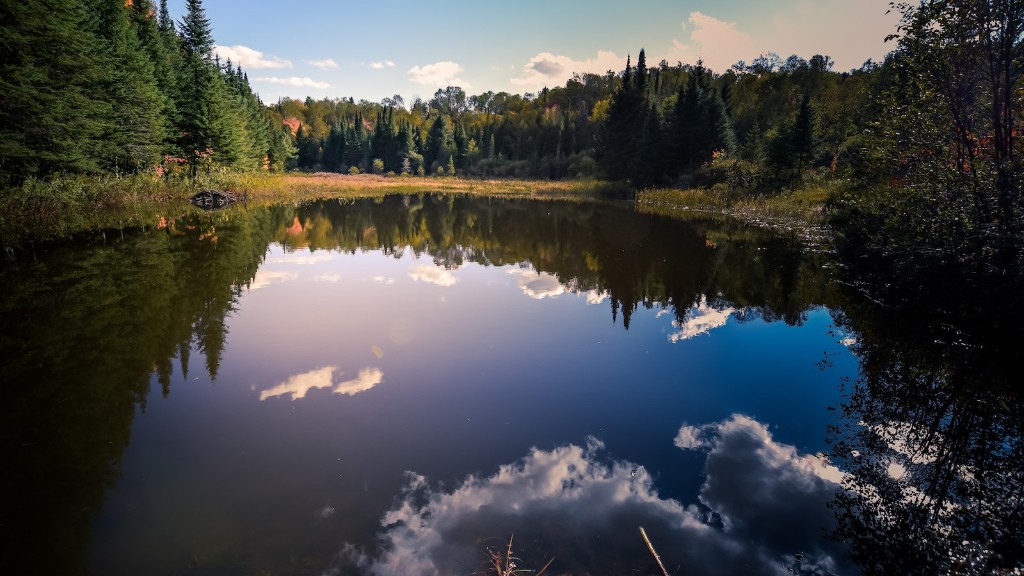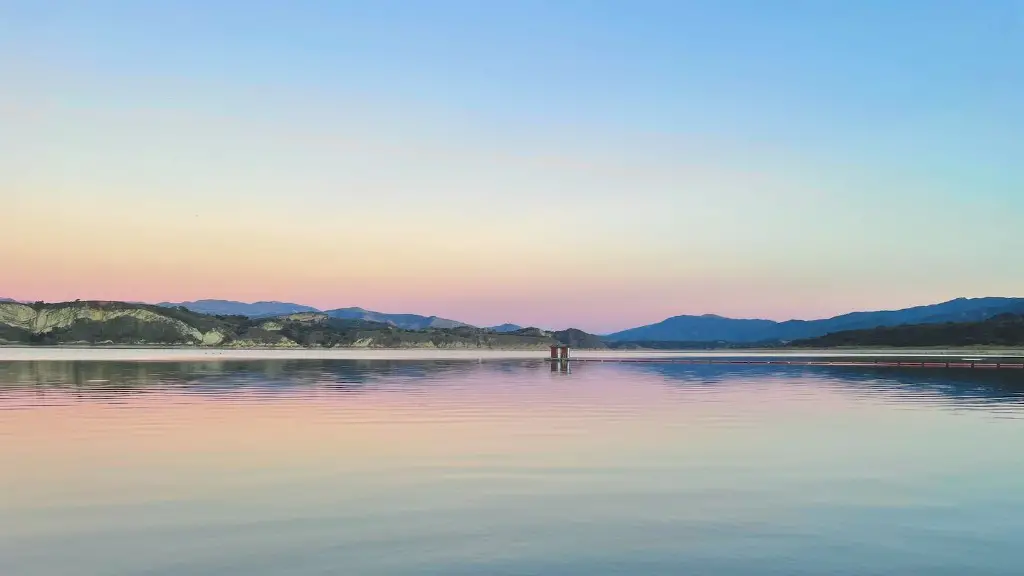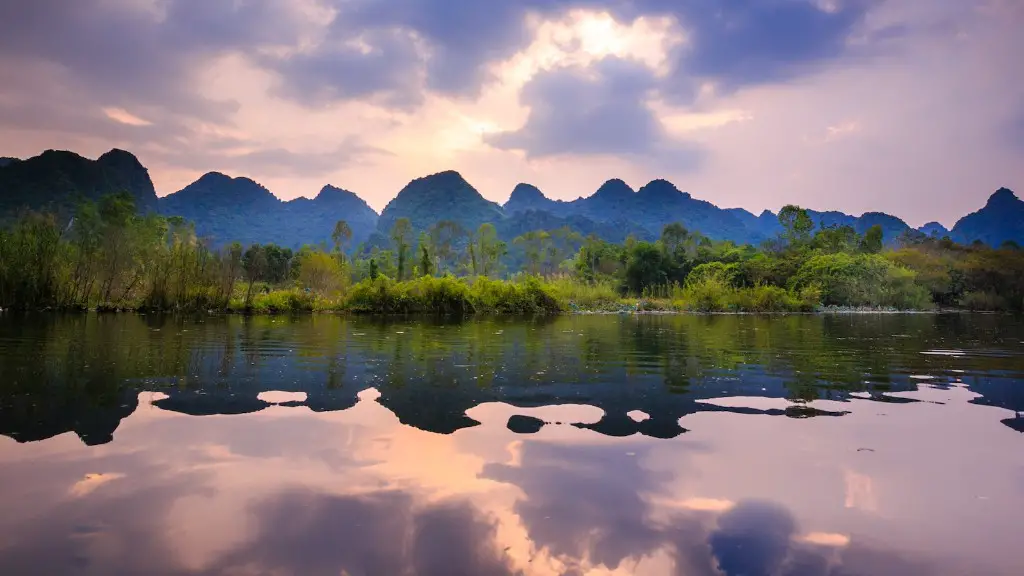Crater Lake is one of the most popular tourist destinations in Oregon. It is also one of the most unique lakes in the world. Crater Lake is actually a collapsed volcano, and it is the deepest lake in the United States. The lake is so deep that if you were to put the Empire State Building in it, the top of the building would still be covered with over 400 feet of water! Crater Lake is also one of the clearest lakes in the world. The water is so clear that you can see down over 100 feet in some places.
The oral history of Crater Lake begins with the story of a great battle between the god of the underworld, Tu-lat, and the god of the sun, Llao. Llao was defeated and driven into the underworld, while Tu-lat claimed the mountain top as his own.
Over time, the mountain began to fill with water from rain and melting snow, until it became a great lake. The native people of the area have long considered Crater Lake to be a sacred place, and it remains an important part of their culture and history today.
What is the history behind Crater Lake?
Crater Lake is a beautiful and popular tourist destination in Oregon, USA. It is also an important symbol to the native Makalak people who lived in the surrounding areas. The lake was formed by the fall of a volcano, Mount Mazama, which erupted and collapsed approximately 7,700 years ago.
The Klamath people have a rich oral tradition that describes the formation of Crater Lake. According to their traditions, red-hot rocks as large as hills fell from the sky and started huge fires that devoured forests. The collapse of Mount Mazama created a huge caldera, which gradually filled with rainwater to form Crater Lake. It is popularly held that the Klamath avoided Crater Lake because of its association with the catastrophic events that led to its formation.
What did the Native Americans call Crater Lake
The Klamath Indians have a long and rich history with Lake Giiwas. For them, the lake is a sacred place where they would go to pray, hunt, and forage. The entire area around the lake is full of meaning and power for the Klamath people.
They are formed when molten rock called lava, with a lot of pressure, blows off the surface of an extinct volcano Instead of forming a volcanic cone, the lava with ashes blows further away from the vent forming a large basin, surrounded by a realm of harsh, rock debris and lava.
Who was Crater Lake discovered by?
John Wesley Hillman discovered Crater Lake on June 12, 1853. He and his party were in search of the “Lost Cabin Mine” but failed to find it. They returned to Jacksonville, a mining camp in the Rogue River Valley, and reported their discovery which they had named Deep Blue.
Crater Lake is a stunning natural wonder that has captivated people for centuries. Its incredible depth of 1,943 feet (592 meters) makes it the deepest lake in the United States, and the seventh deepest in the world. The water is also some of the clearest and most pristine fresh water found anywhere on Earth. It’s no wonder that Crater Lake is such a popular destination for tourists and nature-lovers alike.
What are 3 facts about Crater Lake?
Crater Lake National park is located in southern Oregon and is known for its stunning blue water and dramatic volcanoes. The lake is actually a crater that was formed when Mount Mazama erupted 7,000 years ago. The caldera, or crater, is now filled with water from rain and snowmelt. Here are 10 things you probably didn’t know about Crater Lake National Park.
1. There is a phantom ship in the lake.
2. There is no water outlet from the lake.
3. The lake is a Native American legend.
4. It is the deepest lake in the United States.
5. There is a volcano in the middle of the lake.
6. The only place in the world this newt can be found is in Crater Lake National Park.
7. The water in the lake is some of the clearest in the world.
8. The lake is surrounded by cliffs.
9. There are 11 different kinds of forests in the park.
10. Crater Lake National Park is a dark sky park.
Historians consider oral history to be an important source of information about the past. Oral history is defined as the collection and study of historical information that is passed down from one generation to another through oral communication. This type of history usually focuses on the stories and experiences of people who have lived through historical events.
Oral history can be traced back to the work of Allan Nevins at Columbia University in the 1940s. Nevins was the first person to systematically and disciplinedly collect oral histories on tape and preserve them for future research. His work paved the way for other oral historians to follow suit.
Today, oral history is still considered to be an important source of information about the past. It can provide insights into the lived experiences of people who have lived through historical events. Oral history can also help to fill in the gaps of traditional written history.
What is oral history Native American
Native American oral traditions are an important part of the cultural heritage of the United States. Preserved through stories, songs, and performance, oral literature is a vital part of Native American history and culture. myths, legends, and tales are all parts of the oral tradition, and each one is important in its own way. In the retelling of these stories, it is important to remember the details accurately in order to preserve the tradition.
The Modoc people have a rich history and culture. They are known for their beautiful art and music. The Modoc tribe is split between Oregon and Oklahoma. Today, the Modoc people are working to keep their culture and traditions alive.
What did they find at the bottom of Crater Lake?
The discovery of sandals and other artifacts buried under layers of ash, dust, and pumice at Crater Lake is significant to the Klamath Tribes today. This discovery predates the eruption of Crater Lake approximately 7,700 years ago and provides insight into the history and culture of the Klamath Tribes. The Crater Lake remains an important part of the Klamath Tribes’ heritage and identity.
The Klamath and Modoc people have lived in the area for centuries and have developed a deep connection to the land. The Yahooskin Band of Northern Paiute Indians and the Cow Creek Band of Umpqua Indians also have strong ties to the park and continue to use it for hunting, gathering, and ceremonial purposes.
Why did they put fish in Crater Lake
Crater Lake was naturally barren of fish until park founder William Steel first stocked Crater Lake with trout fingerlings in 1888 to “improve” recreational opportunities. Despite altering the lake’s natural condition, introductions of non-native fish continued until 1941, when stocking the lake ended. Today, Crater Lake is home to a healthy population of native fish, including several species of trout.
Calderas can create depressions that can eventually fill with water to become lakes. Crater Lake is one example of such a lake, formed from an eruption that happened 7,700 years ago. It took an estimated 460 years for the Crater Lake to fill, although this estimate may range from 420 to 740 years based on precipitation rates.
Was Crater Lake formed by an earthquake?
Crater Lake is a beautiful lake that was formed by the collapse of a volcano. It is a great place to visit and enjoy the stunning scenery.
Caldera is a large cauldron-like pit that forms following the collapse of a volcano. Mount Mazama, a large stratovolcano in Oregon’s Cascade Range, formed a caldera following its climactic eruption about 7,700 years ago. This eruption reduced the height of the mountain from 12,000 feet (3,700 m) to its current height of 8,157 feet (2,486 m). Today, Mount Mazama is better known as Crater Lake, a popular destination for hikers and climbers. The easiest route to the summit of Mount Mazama is via the 17-mile (27 km) Rim Drive, which circles the lake.
How did crater get its name
This small constellation is located in the southern celestial hemisphere and is named after the Greek krater, a type of cup used to water down wine. It is a relatively faint constellation, but contains several notable stars, including Alpha and Beta Crateris, which form the “cup” of the krater.
The park’s water claim for the lake is for the preservation and protection of all natural habitats and the conservation of scenery. It is not for human consumption. Consuming Crater Lake water would conflict with the park’s mission to preserve the lake.
Final Words
Crater Lake is a caldera lake in the western United States, located in south-central Oregon. It is the centerpiece of Crater Lake National Park and is famous for its deep blue color and water clarity. The lake is fed solely by rainfall and snowfall, with no inflowing or outflowing streams.
The formation of Crater Lake began about 250,000 years ago when a 12,000-foot (3,700 m) tall volcano named Mount Mazama collapsed following a major eruption. The resulting caldera, or crater, filled with rain and snow over the next several hundred years. Crater Lake is the deepest lake in the United States and the seventh deepest in the world, with a depth of 1,949 feet (594 meters).
The oral history of how Crater Lake came to be is a fascinating story that has been passed down through generations. It is a story of how the power of nature can create something beautiful and unique. Crater Lake is a place of great natural beauty and it is a place that should be preserved for future generations to enjoy.
